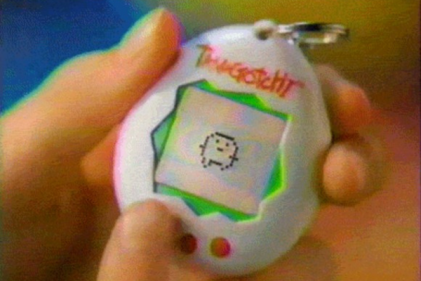Asthma medicines can treat asthma symptoms as they happen. Your child may also need a treatment which will help to prevent symptoms. Most asthma treatments are breathed in through an inhaler. Some children may also be prescribed syrups or tablets to take from time to time. Every child’s asthma is different. It is perfectly normal for the medicine your child takes to be different from what another child takes.
The treatment your child is prescribed will depend on:
- How often they get symptoms
- How bad their symptoms are
- How well the treatments have worked
Most children with asthma use an inhaler
Your child will probably have an inhaler to use when they get symptoms. This is what is known as a reliever and it is usually in a blue canister. It contains a drug called salbutamol or terbutaline.
- Your child will generally need two, three or four puffs on the inhaler to relieve their symptoms.
- Your child should carry this inhaler with them all the time.
- If your child gets symptoms less than once a week, this may be all the treatment they need.
If your child experiences symptoms three times a week or more
If your child experiences asthma symptoms often, they will more than likely have a steroid inhaler. This is a preventer; it usually comes in a brown, cream, red or orange inhaler. It helps your child’s lungs work better which will reduce the occurrence of asthma symptoms. Your child will generally use this inhaler once or twice a day.
The dose of steroids your child needs will depend on how often he experiences symptoms and how severe these are.
If your child has tried using two inhalers but is still getting symptoms
Your child’s doctor may prescribe another treatment called salmeterol. This can help to better control your child's symptoms. Your child must use this type of inhaler only with a steroid inhaler as using it on its own can be dangerous.
Your child may also be prescribed tablets to help prevent symptoms. Your child may be prescribed leukotriene antagonists or theophylline tablets. If this is the case, they would need to continue using their steroid inhaler while they are taking these pills.
If these don’t make an impact, your child may be prescribed a higher dose of steroids to breathe in through an inhaler.
Changing your child's treatment
If your child suffers from asthma, your GP or practice nurse will need to see your child at least once a year to check that their asthma is under control. If your child doesn’t experience symptoms very often, they may be able to take a lower dose of their medicine. If they've been getting regular symptoms, they may need a higher dose. Doctors and nurses try to treat asthma with the lowest dose of each medicine. The lower the dose, the less likely your child is to get side effects.
Find out more about asthma






